Intel has finally lifted the lid on its upcoming Meteor Lake architecture after teasing it for some months now. The first to be built on their own Intel 4 process node, Intel claims Meteor Lake will be their most power efficient client processor ever, in no small part thanks to a major shift in how its designed.
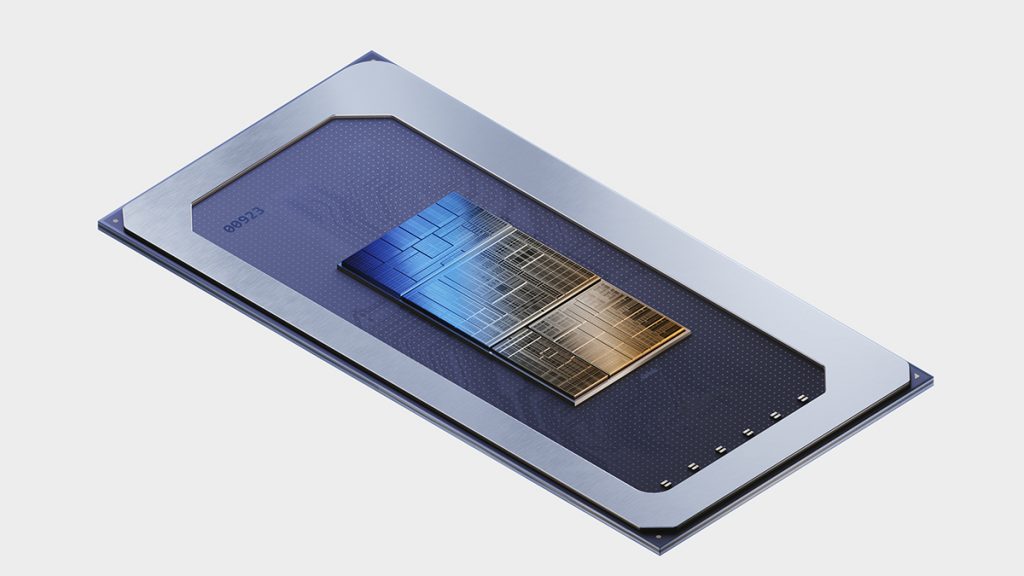
Meteor Lake will essentially be built out of ’tiles’, with each tile connected to each other via Intel’s Foveros 3D packaging technology. Here, you’ll find a compute tile, an SOC tile, a graphics tile and an IO tile.
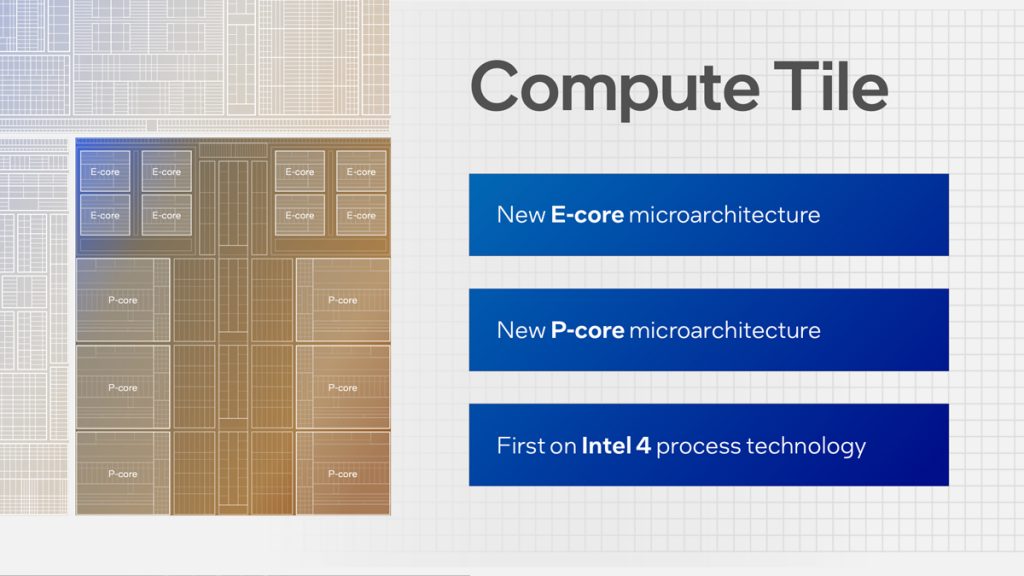
Starting off with the compute tile, as its name suggests it’s home to the actual CPU of it all, containing Intel’s latest generation P-core and E-core, each of which are themselves based on newer microarchitectures dubbed Redwood Cove and Crestmont respectively. There’s little in terms of just how much better it is than previous generations, but Intel does at least say that the new P-cores have some improved performance efficiency while the new E-cores have IPC gains over previous E-cores. It’s also this compute tile that will be built using the Intel 4 node.
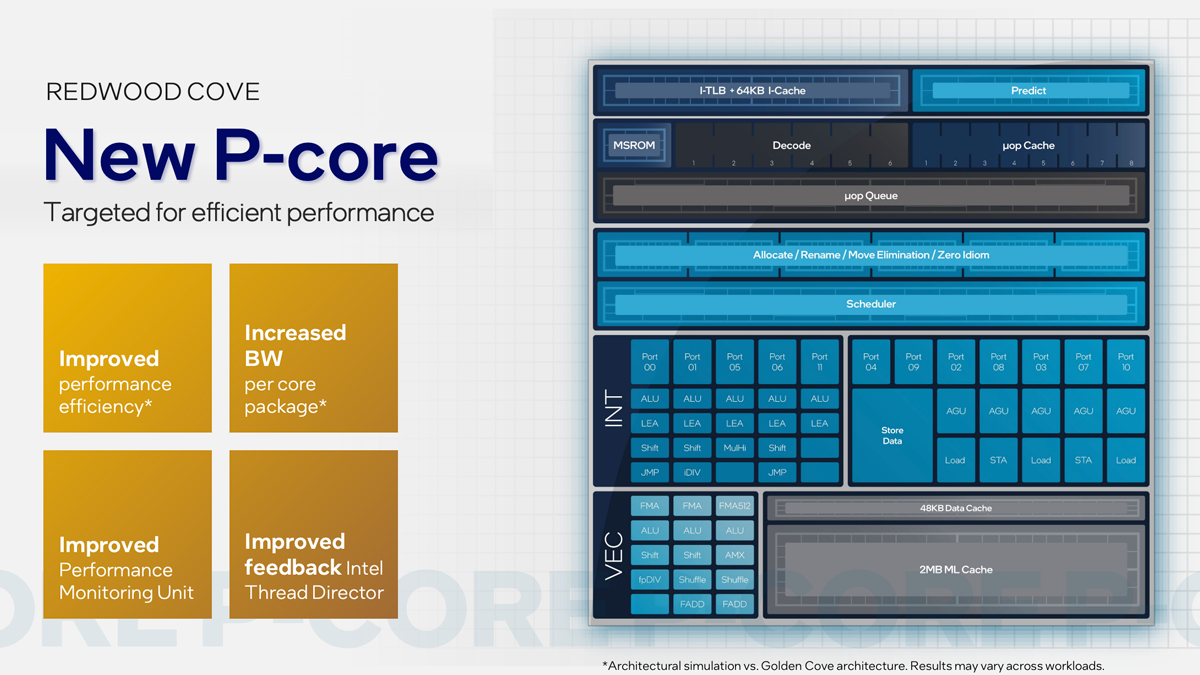
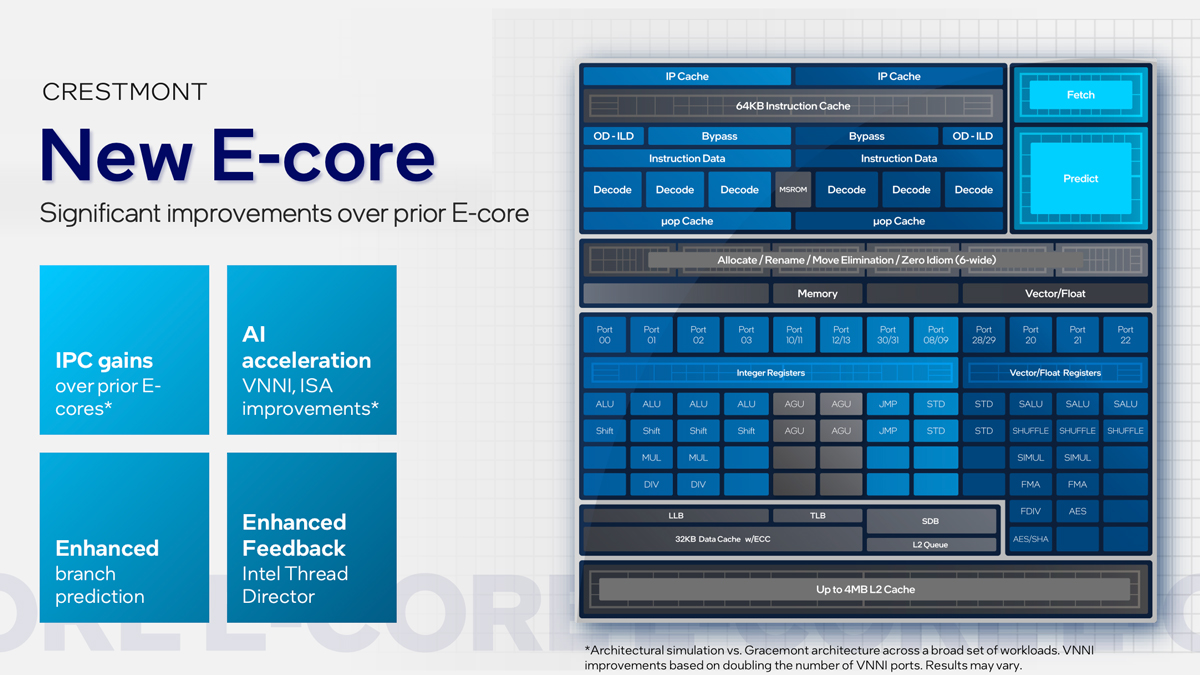
One new concept though with Meteor Lake is that the compute tile won’t be the only tile with CPU cores on it. On the SOC tile, built on TSMC’s 6nm process, you’ll find a new ‘low power island’, home to two of its own, low power E-cores. These will be used primarily for work that’ve been carried out by the normal E-cores, but at an even lower power draw, increasing the overall power efficiency. With three different types of CPU cores on a single processor, Intel will be using a next generation Thread Director to properly allocate tasks to the various cores based on how intensive the workloads are.
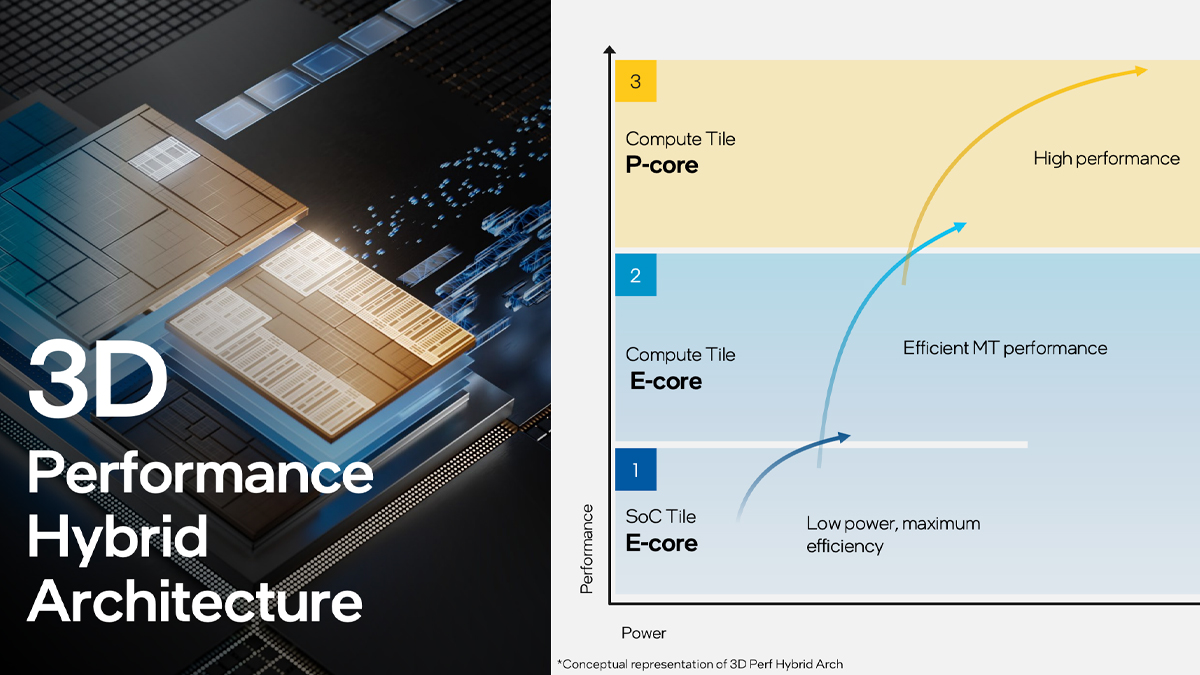
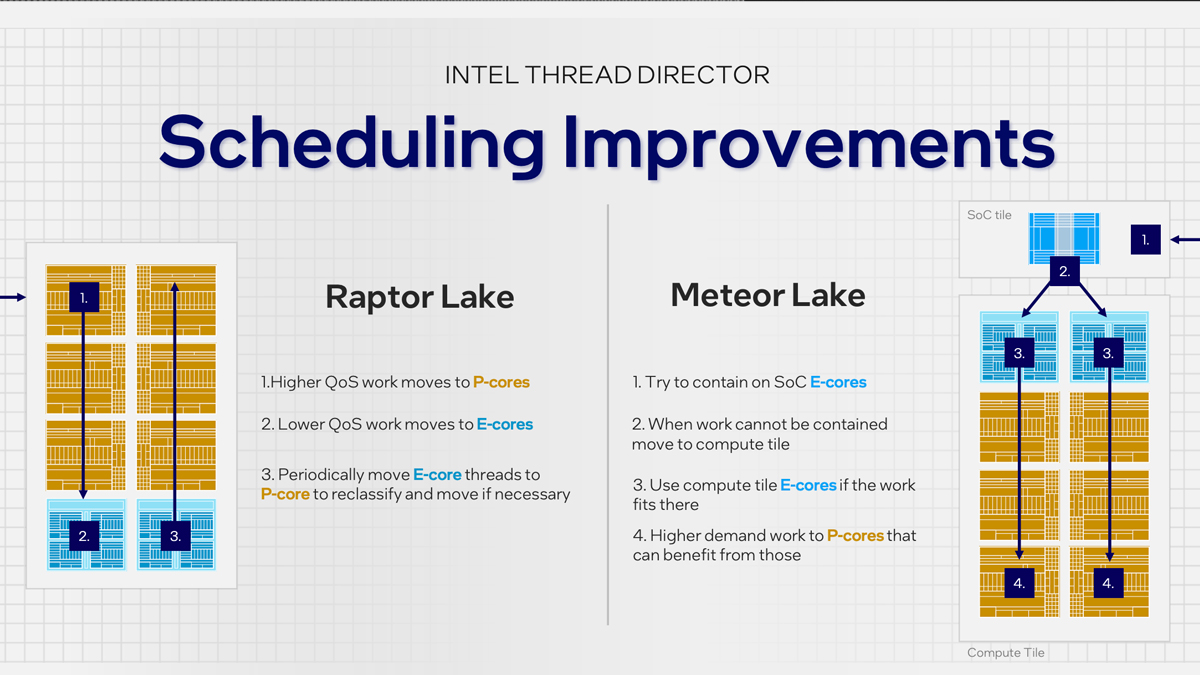
This SOC tile meanwhile is where you’ll find an integrated Neural Processing Unit (NPU) too that will take care of all the AI-related tasks such as Windows Studio Effects or Stable Diffusion more efficiently than if it was carried out by the CPU, with compatibility for OpenVINO. The SOC tile is also home to the integrated memory controller and DDR, support for up WiFi 7 and Bluetooth, and takes care of display output like HDMI 2.1 and DP 2.1 too, along with support for AV1 and 8K HDR via its media engine.
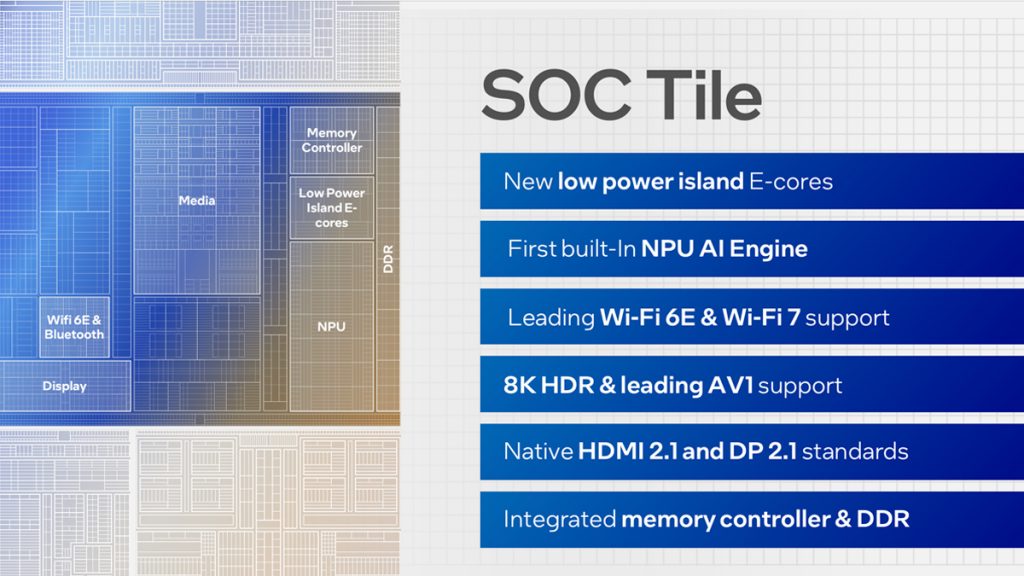
Now, you might have noticed that the SOC tile will be handing the media, rather than the graphics tile. That doesn’t the graphics tile is weaker than before though; quite the contrary in fact. Intel claims that Meteor Lake will achieve up to 2x the gen-on-gen performance in graphic capabilities with increased power efficiency too. The graphics tile, built on TSMC’s 5nm process, will come with up to eight Intel Xe-LPG graphics cores here that are based on Intel ARC discrete graphics architecture.
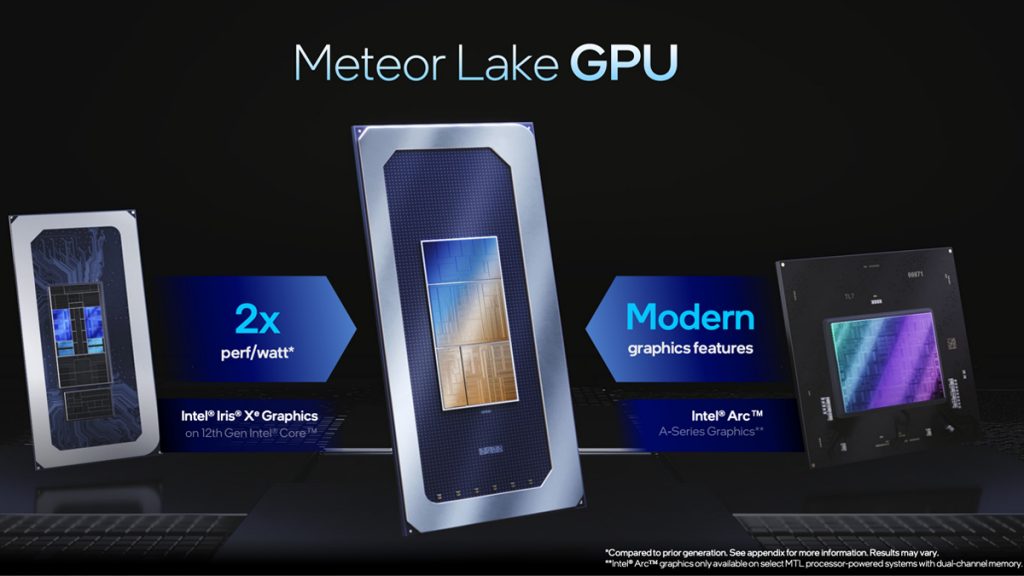
On top of the up to eight Xe-LPG graphics cores, the will be eight ray tracing units too, a first for Intel’s integrated graphics. Intel says that the hardware ray tracing won’t just be beneficial in gaming, but for creation and research purposes too. There’s also support for Intel XeSS, its own take on upsampling similar to NVIDIA DLSS or AMD FSR. That being said, it seems that not all Meteor Lake processors will be getting the full power of the graphics tile, with only select Meteor Lake configurations with dual channel memory coming with it.
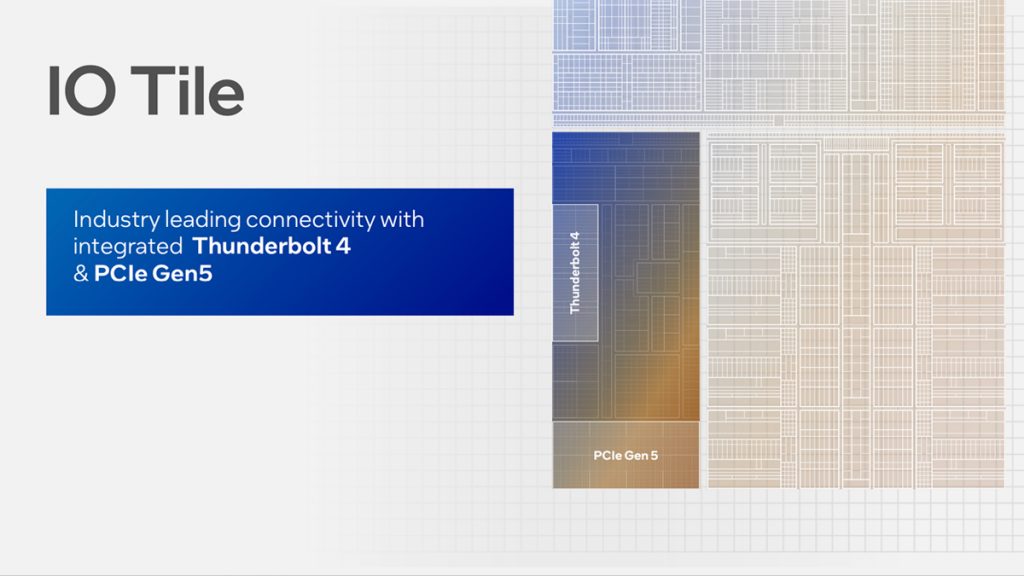
Lastly, we have the IO tile which again like its name suggests will take care of connectivity, with support for things like Thunderbolt 4 and PCIe Gen 5. This IO tile will be different based on the configuration though, so lower end Meteor Lake platforms may end up dropping support for high end features like Thunderbolt 4, with manufacturers able to take advantage of the scalable IO tile to fit the needs of their products.
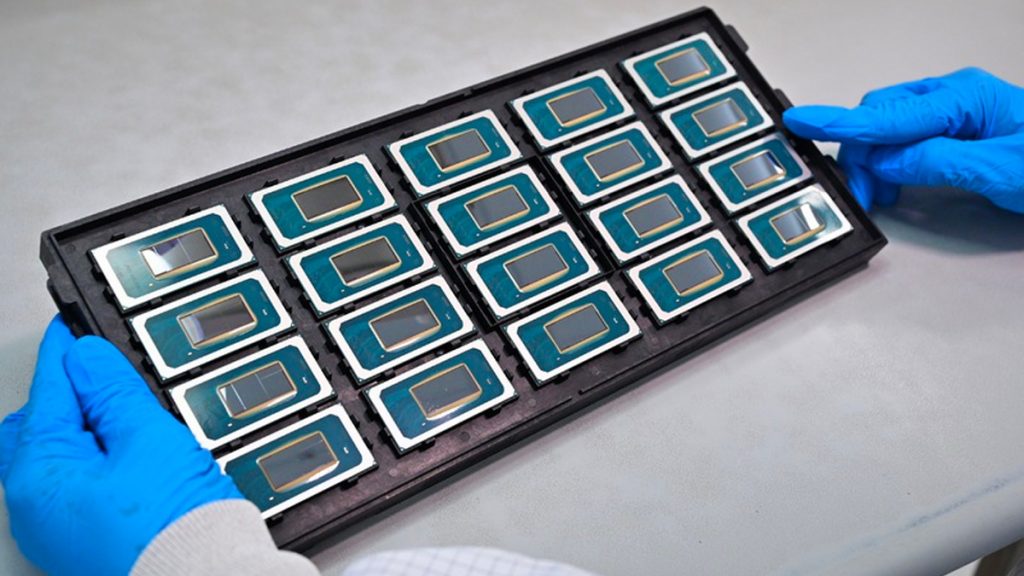
It should be noted though that all of this so far is mainly applicable to the upcoming Intel Core and Intel Core Ultra mobile platform processors only, which as you may recall is part of their major nomenclature revamp for its next generation of processors. Meteor Lake is set to only be on mobile for now, with its major focus on power efficiency in particular while beneficial perhaps not a major concern for the desktop scene—14th Gen Intel desktop chips will instead be built on the Raptor Lake Refresh architecture. Intel has done this before of course; Tiger Lake found its way onto 11th Gen Intel Core mobile processors only.
Meteor Lake will officially launch on the 14th of December this year.
Meteor Lake: Intel’s upcoming mobile processors features new ’tile’ based architecture
News Reports PH
0 Comments